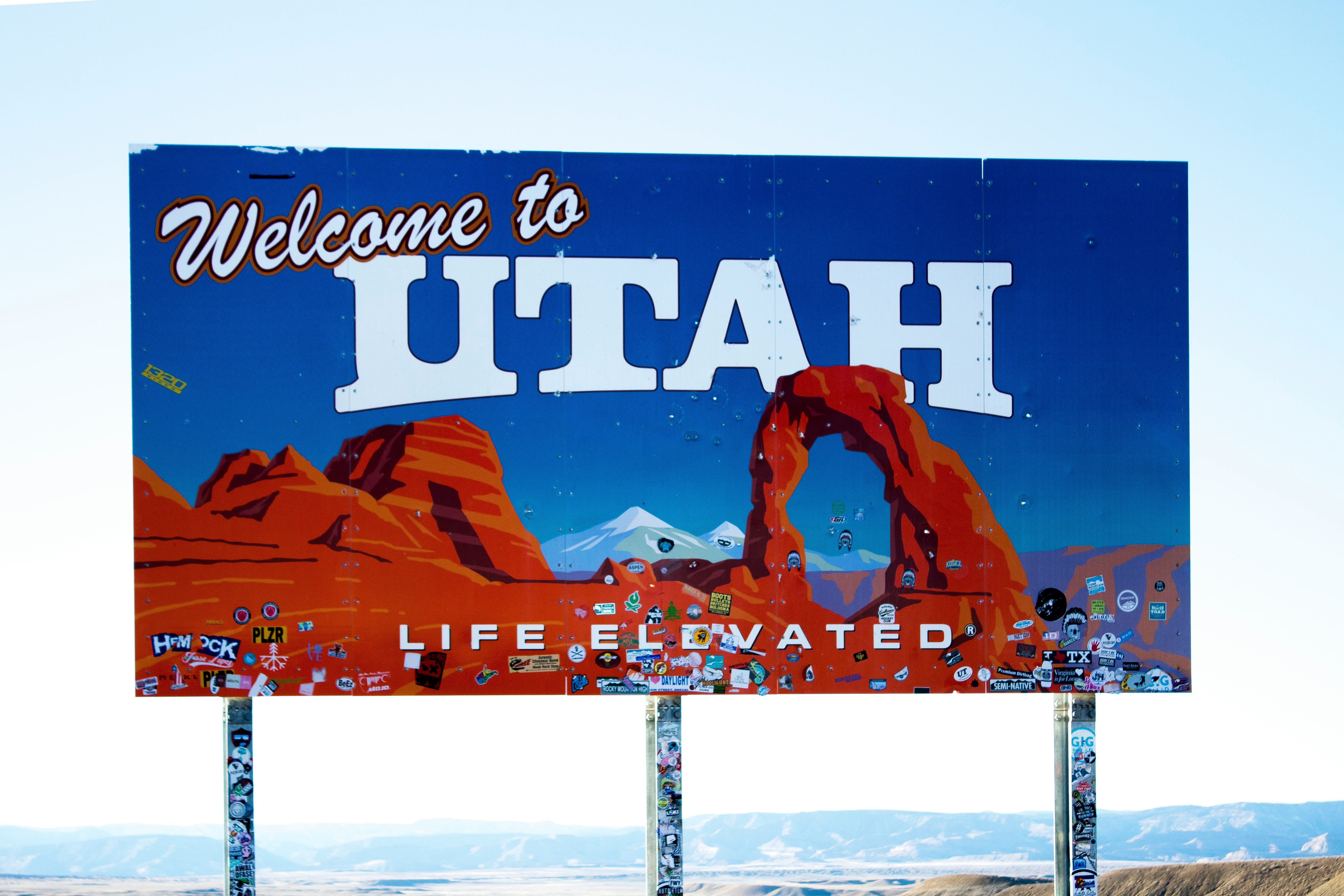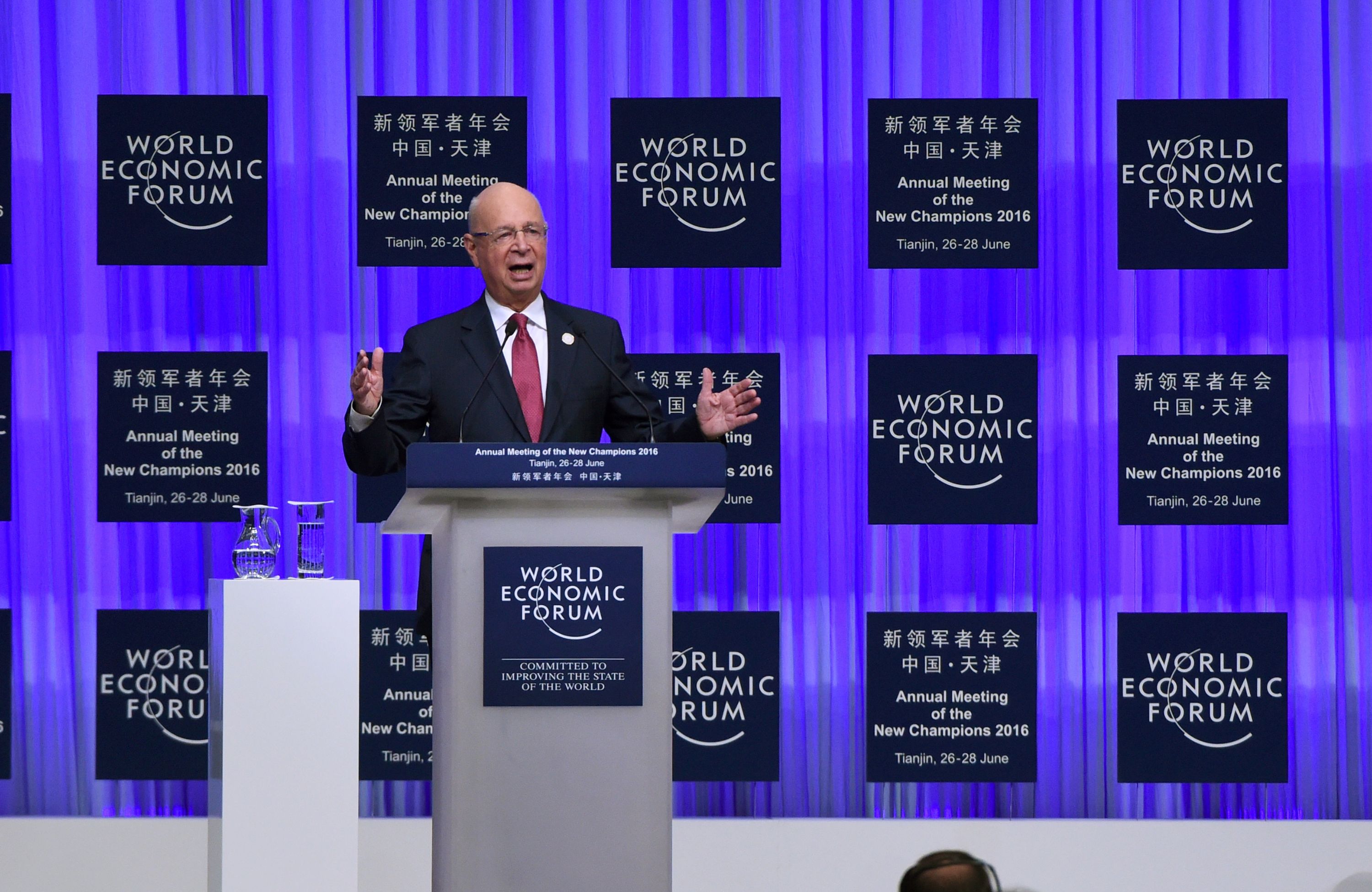European banks lead other foreign banks' excess reserves at Fed, valued at $1 trillion
By Staff Writer
The safe haven advantage of keeping funds with the US Federal Reserve is attracting more inflow from foreign banks. It's estimated that foreign banks' reserves at Fed reached almost $1 trillion, coming mostly from European banks.
Foreign banks were hesitant to park excess cash reserves at Fed before the financial crisis. After feeling the heat of the global economic crisis, many foreign banks noticed that it's better to keep funds with US Fed as it involves less risk proposition.
Cleveland Fed released its new study on Tuesday highlighting the fact that many subsidiaries of foreign banks and major American banks parked their excess reserves at US Fed.
The US Fed offers 0.25% interest rate on excess reserves to banks. This makes a total interest payment of $20billion per annum on reserves of $1trillion to the foreign banks. This attracted flak from Congress members, who express their concern on the outflow of the country's wealth. The role of US Federal Reserve was the center of criticism during the days of the global financial crisis.
Taking advantage of less risky return, though it's low, many foreign banks prefer to park their reserves with US Fed. As a result, the reserves at US Fed have been increased much more than what's required as per the norms. As per the norm of US Federal Reserve, foreign banks are required to keep a certain portion of their deposits as vault cash or on deposit with the American central bank.
The norm of keeping a certain portion of deposits with the central bank aims at ensuring enough liquidity to meet the requirements of depositors.
According to the data from Cleveland, the required reserves at Fed had been below $0.5trillion since 2006 till date. Interestingly, the excess reserves have been increasing significantly during the period. The excess reserves at US Fed surpassed $2.5 trillion. The excess reserves from small banks with US Fed have been stable while there was a marginal increase in mid-sized banks. Surpassing the small and mid-sized banks, the excess reserves from large banks has gone up significantly from $0.5 trillion in 2006 to over $2.5 trillion in 2015.
The excess reserves from foreign banks before 2008 were not significant as lion's share was held by US domestic funds. After the financial crisis since 2008, foreign banks kept on increasing their excess reserves with the US Fed. From 2011 onwards, this further galloped to almost $1 trillion from less than $0.5 trillion.
The ongoing economic slowdown in the European Union (EU) has led the European banks to keep their excess funds with US Fed. However, there have been ups and downs in levels of excess reserves from non-European banks reflecting a different economic scenario in those countries. During the first quarter of 2015, the excess reserves at US Fed held by domestic banks were 1.948trillion, European banks account for 0.5265 trillion while non-European foreign banks had $0.40 trillion. This takes the total reserves to $2.9154 trillion with the US Fed.
The unprecedented rise in excess reserves at US Fed is impacting the US economy as well. The interest payment on the excess reserves is costing the US government in the range of $50bilion to $75 billion annually. US Fed is forced to sell securities that had been acquired through bond buying is also a cause of concern for the US government.












